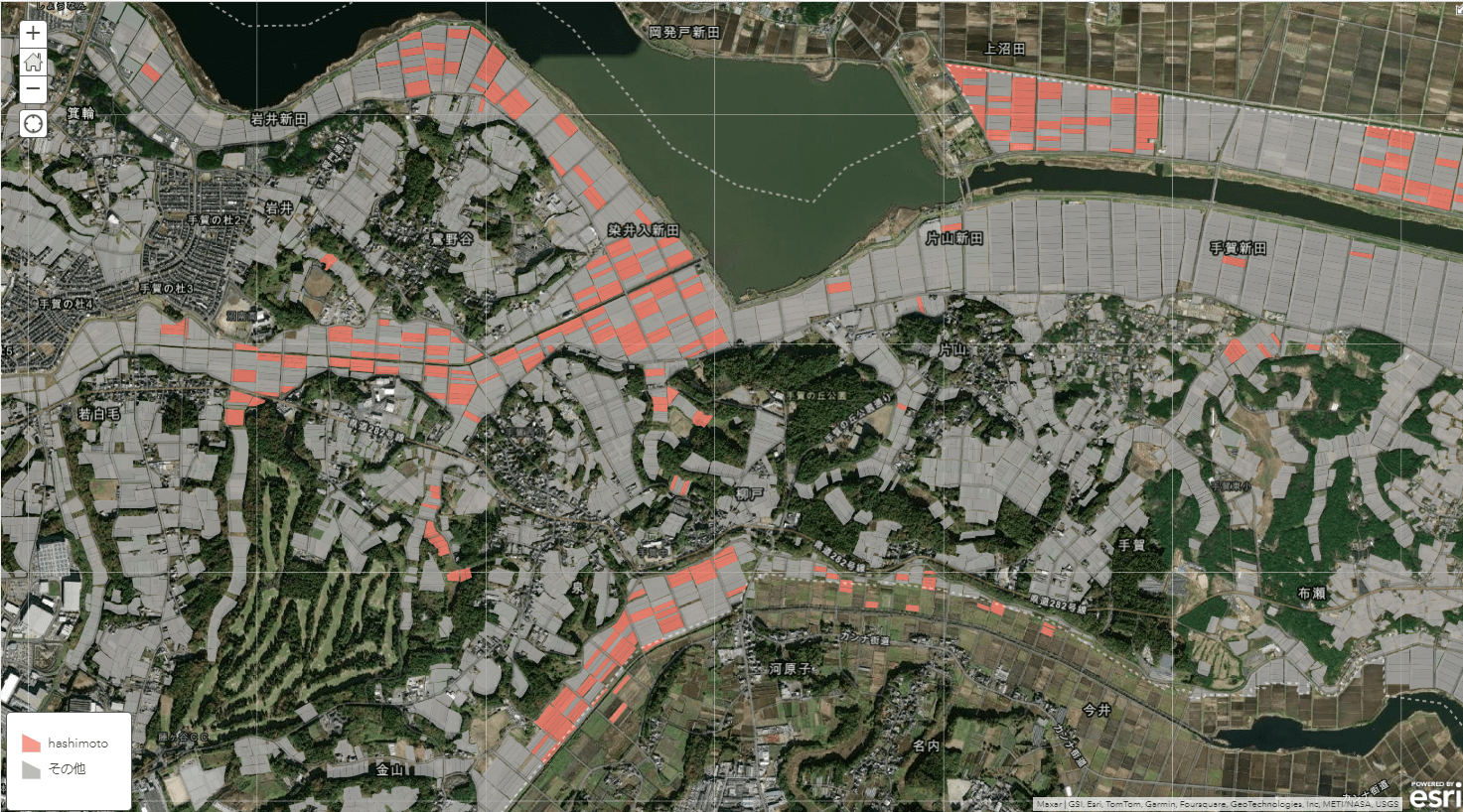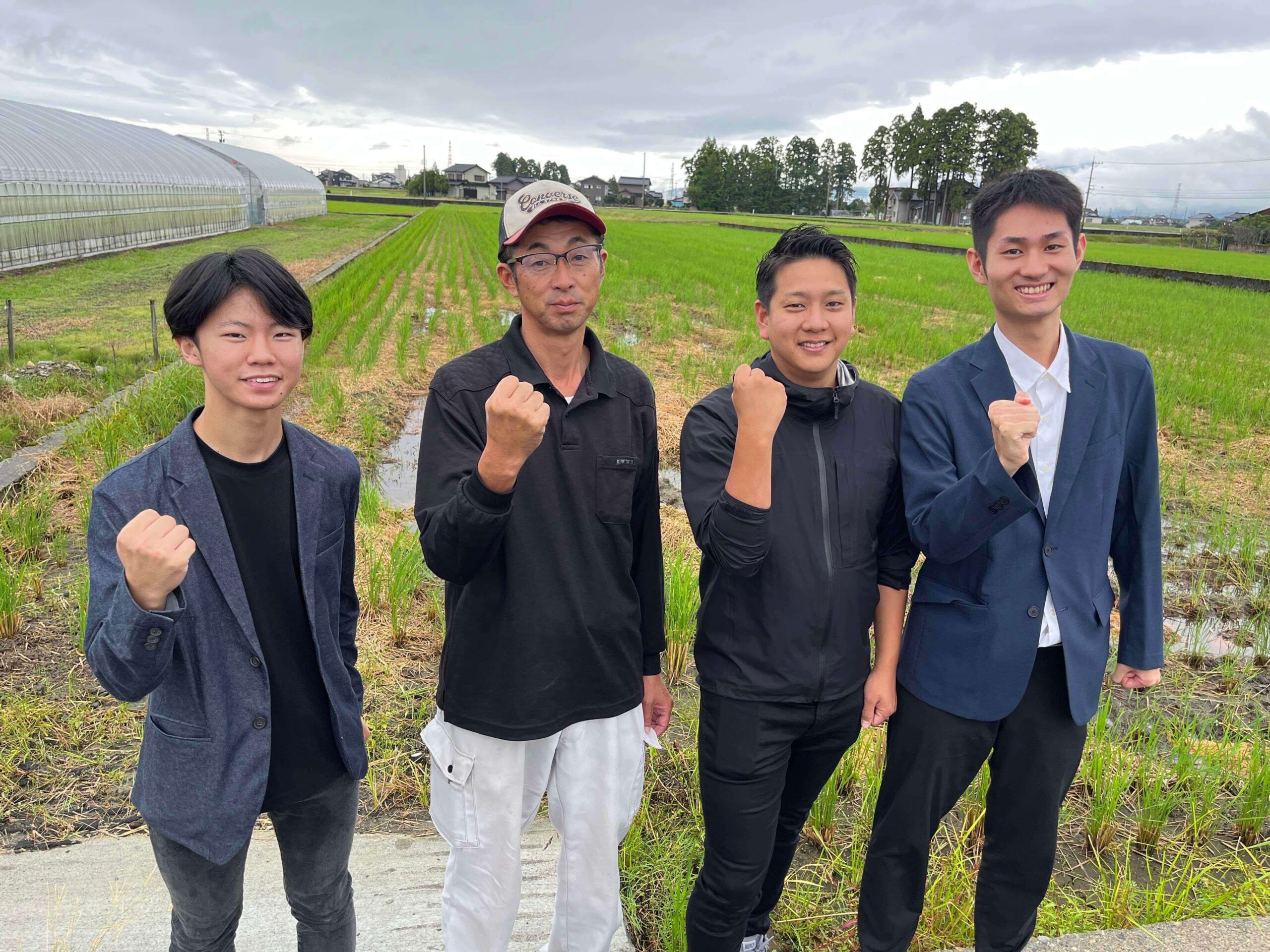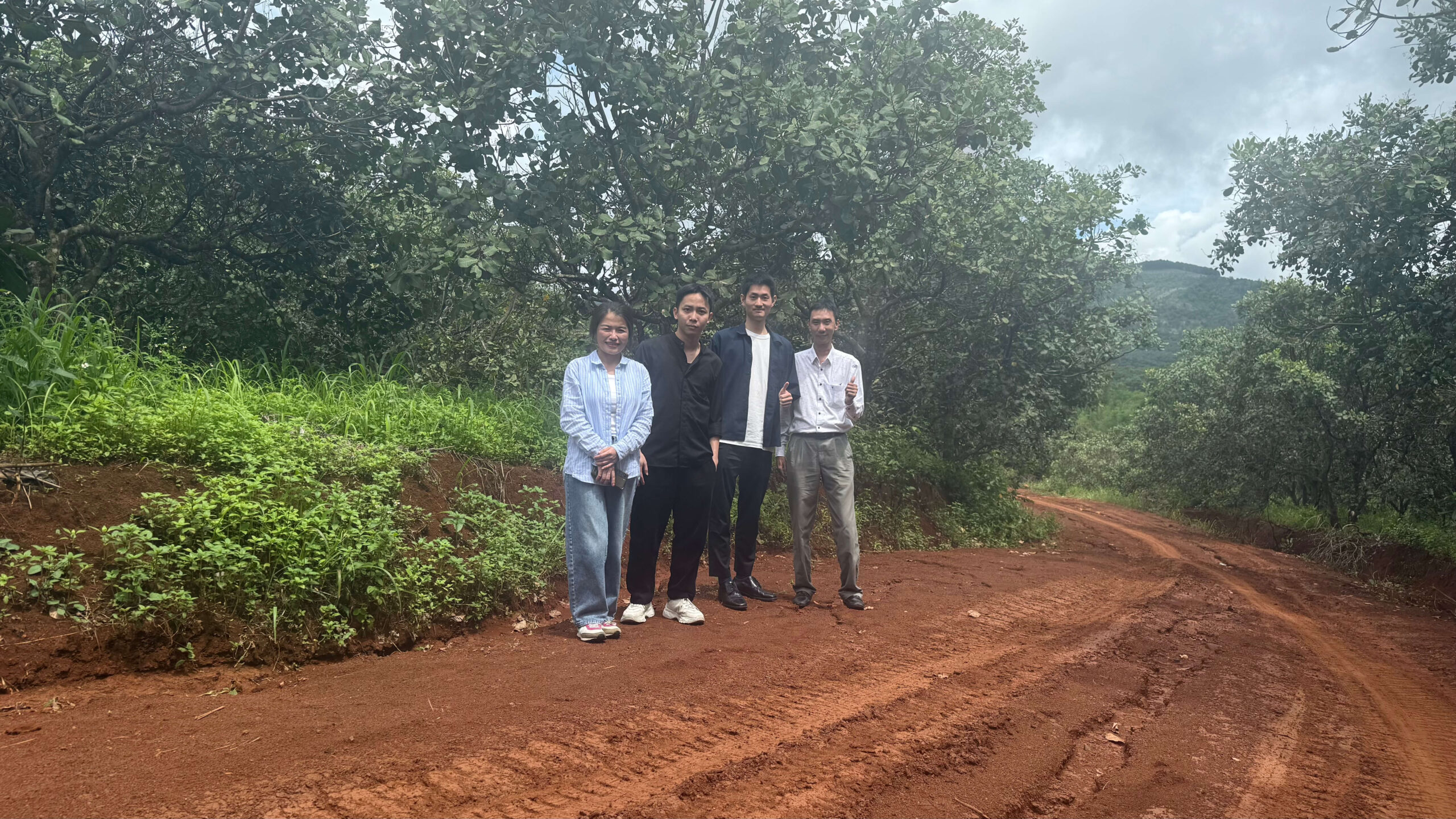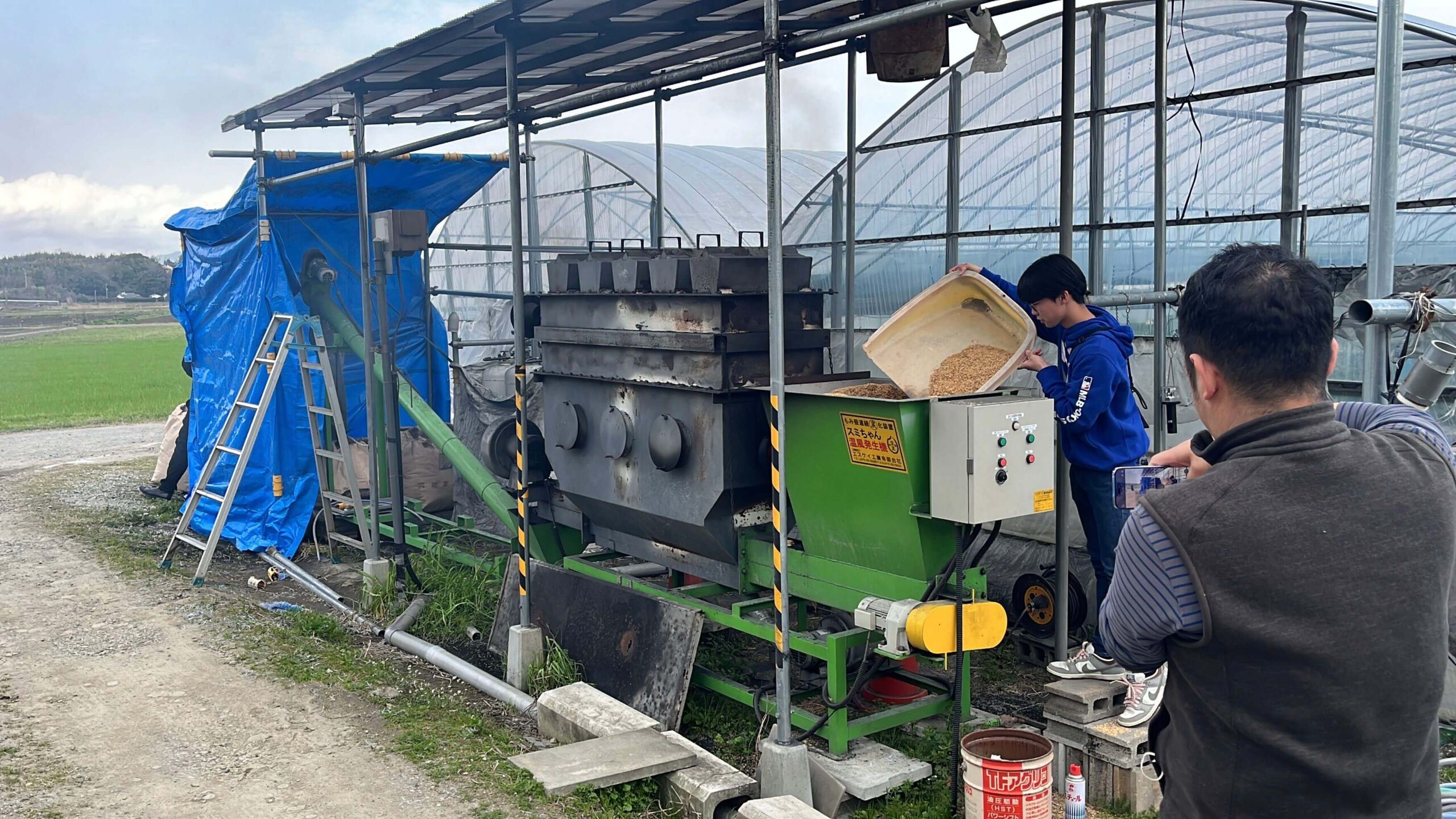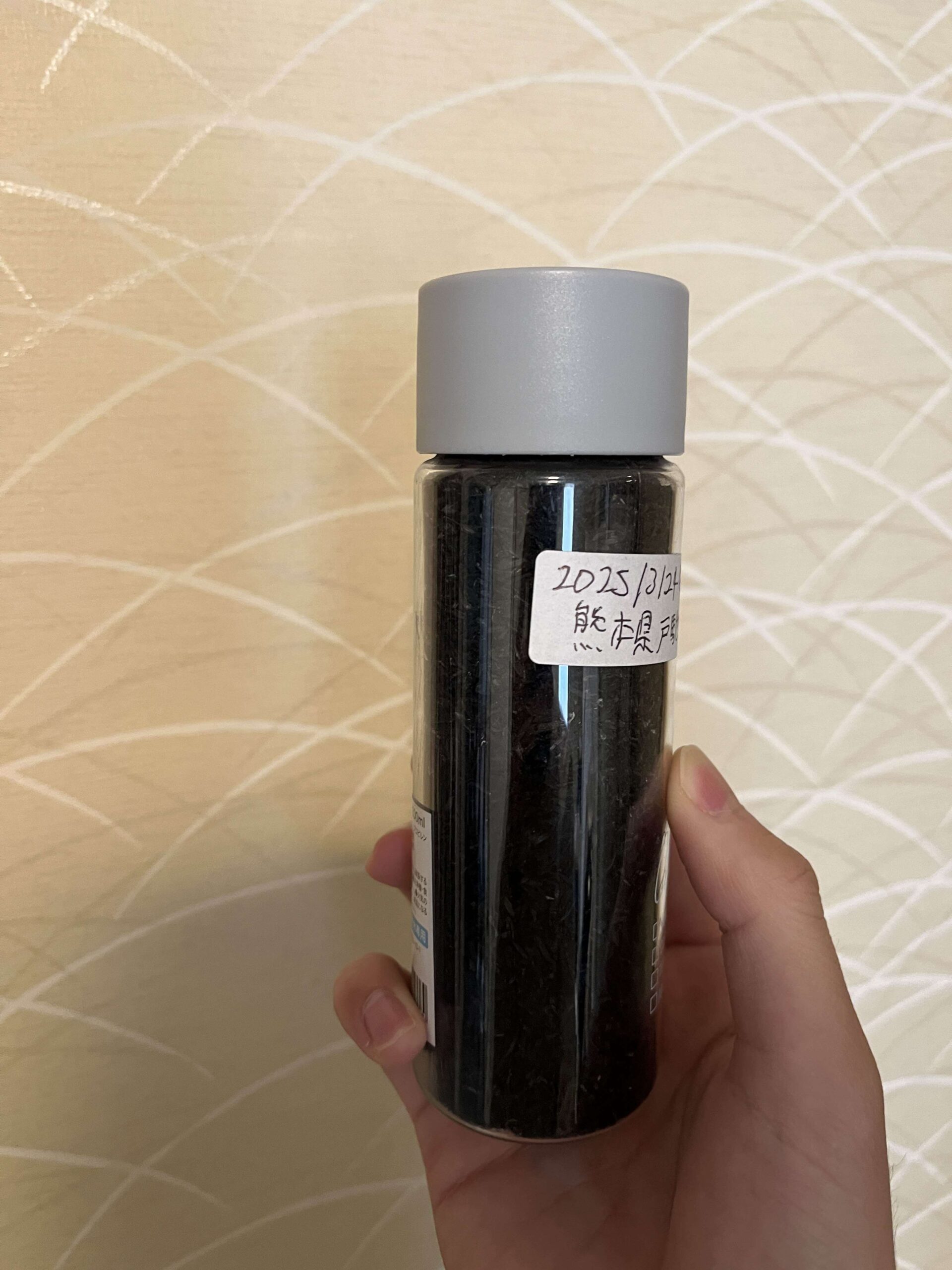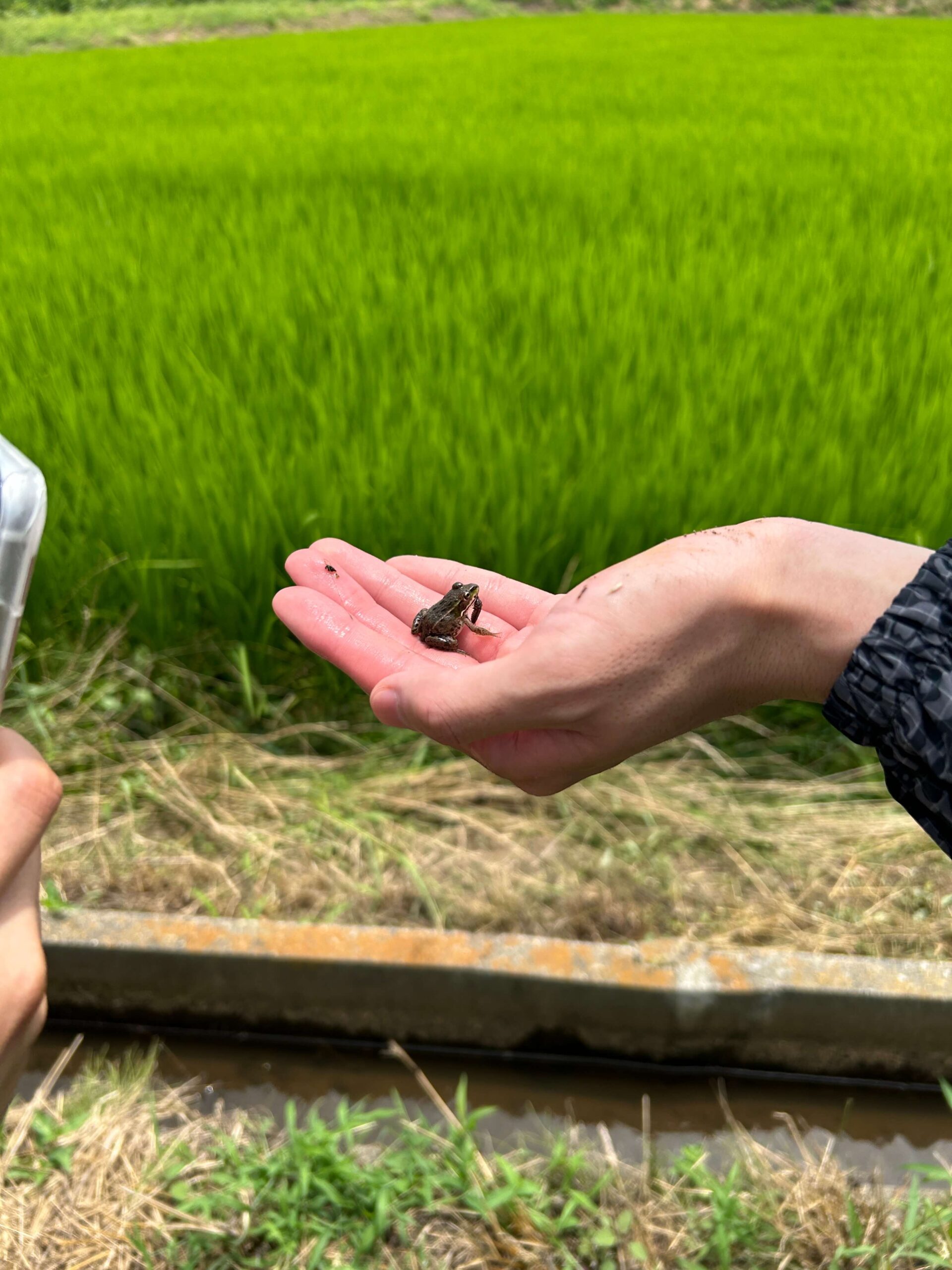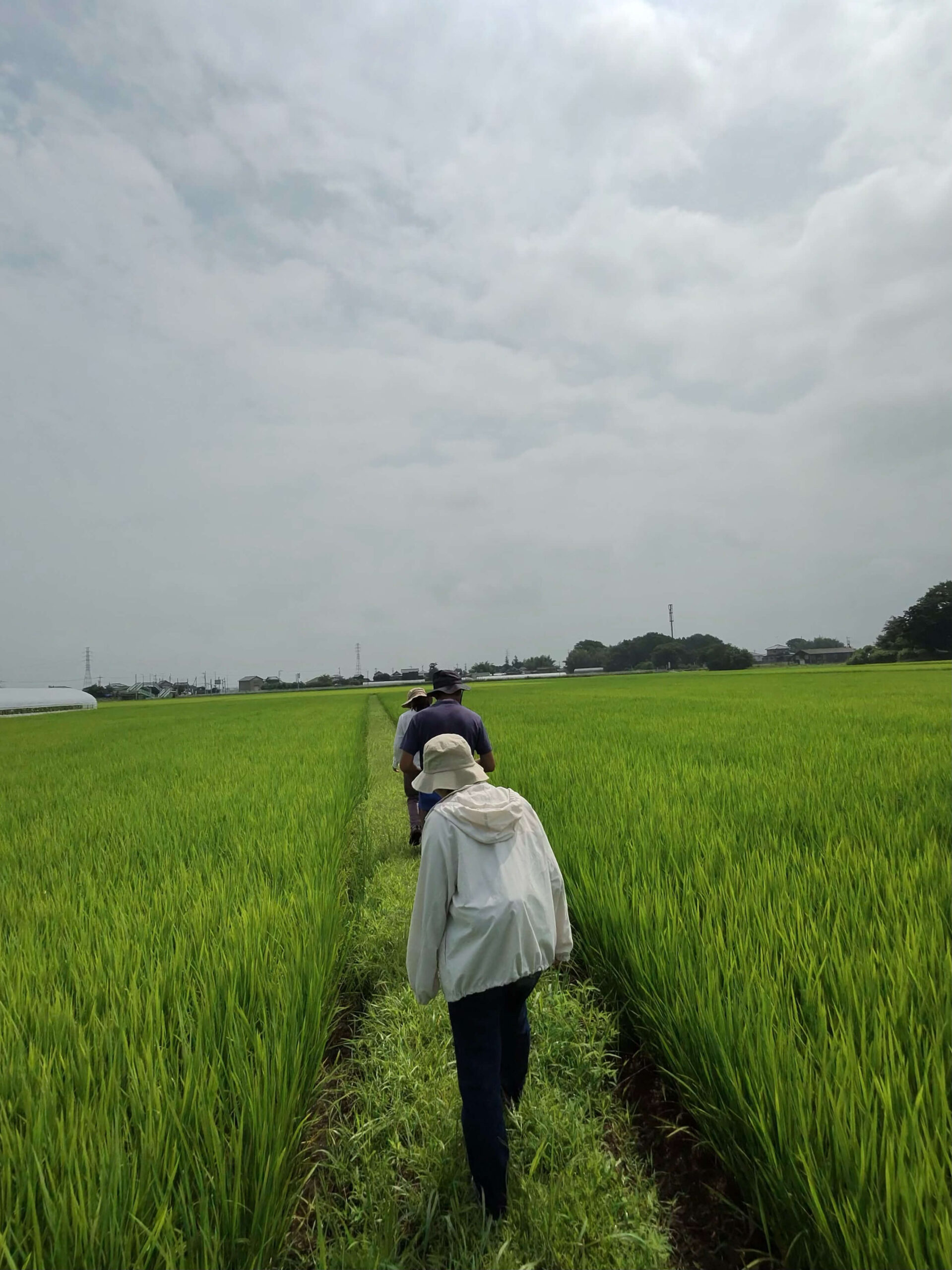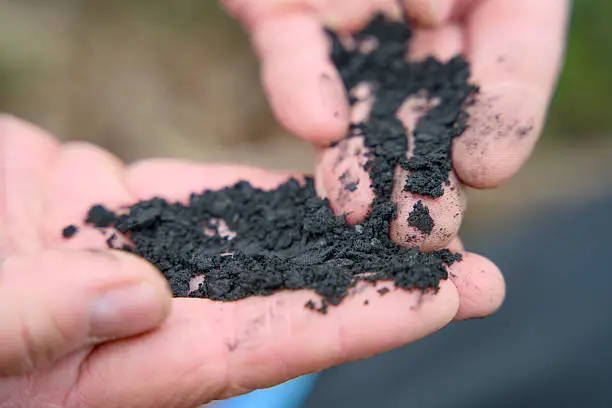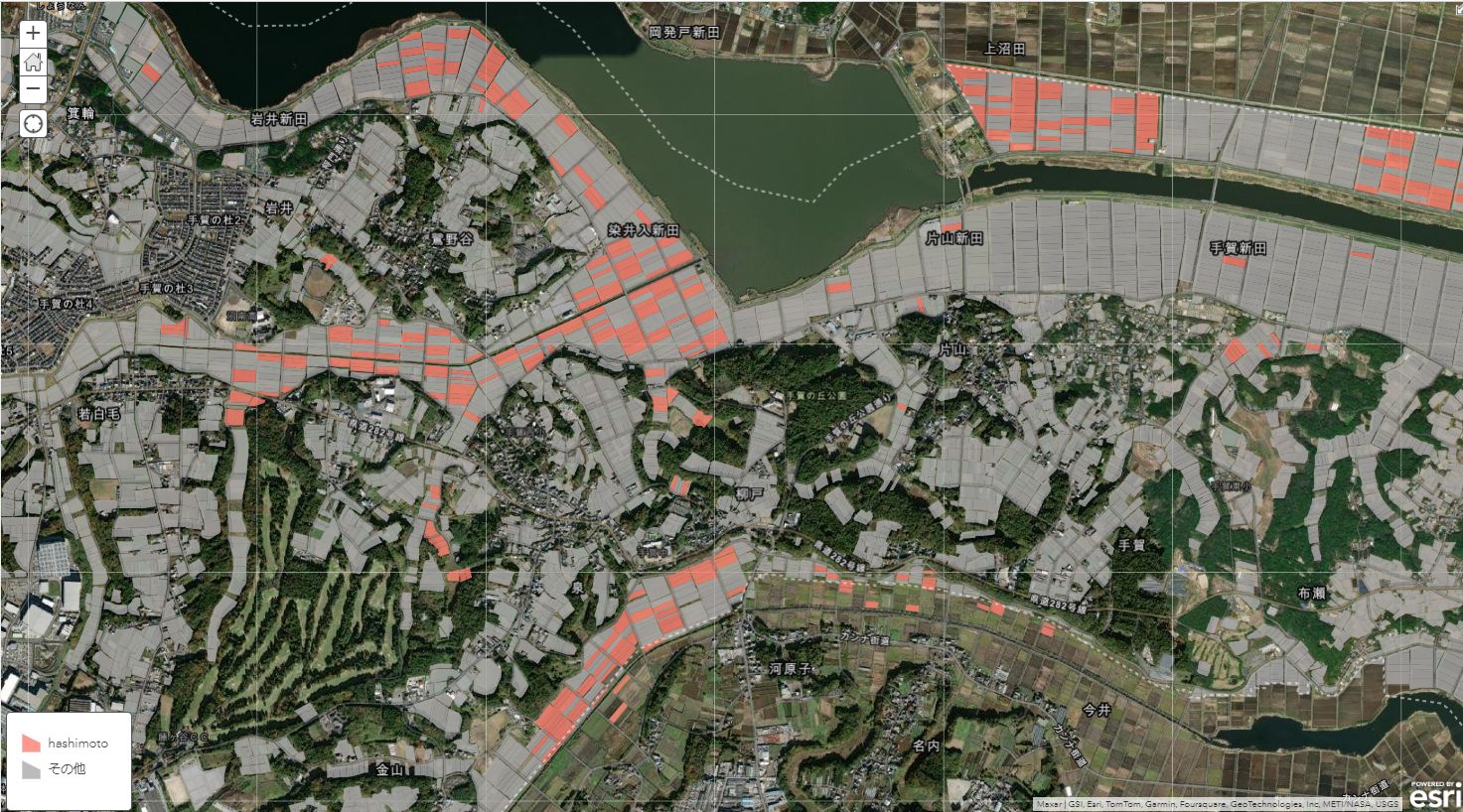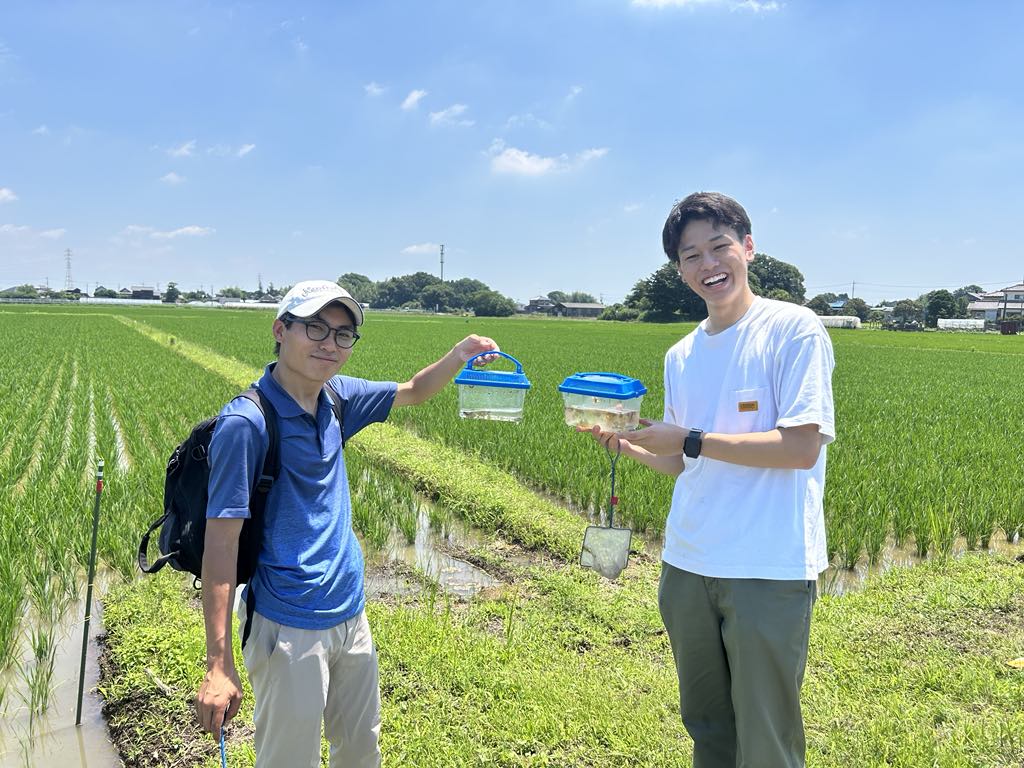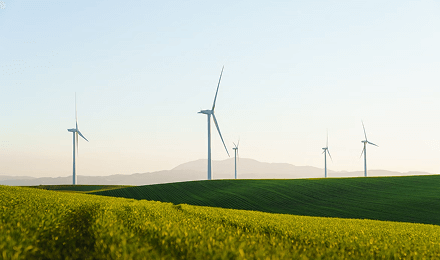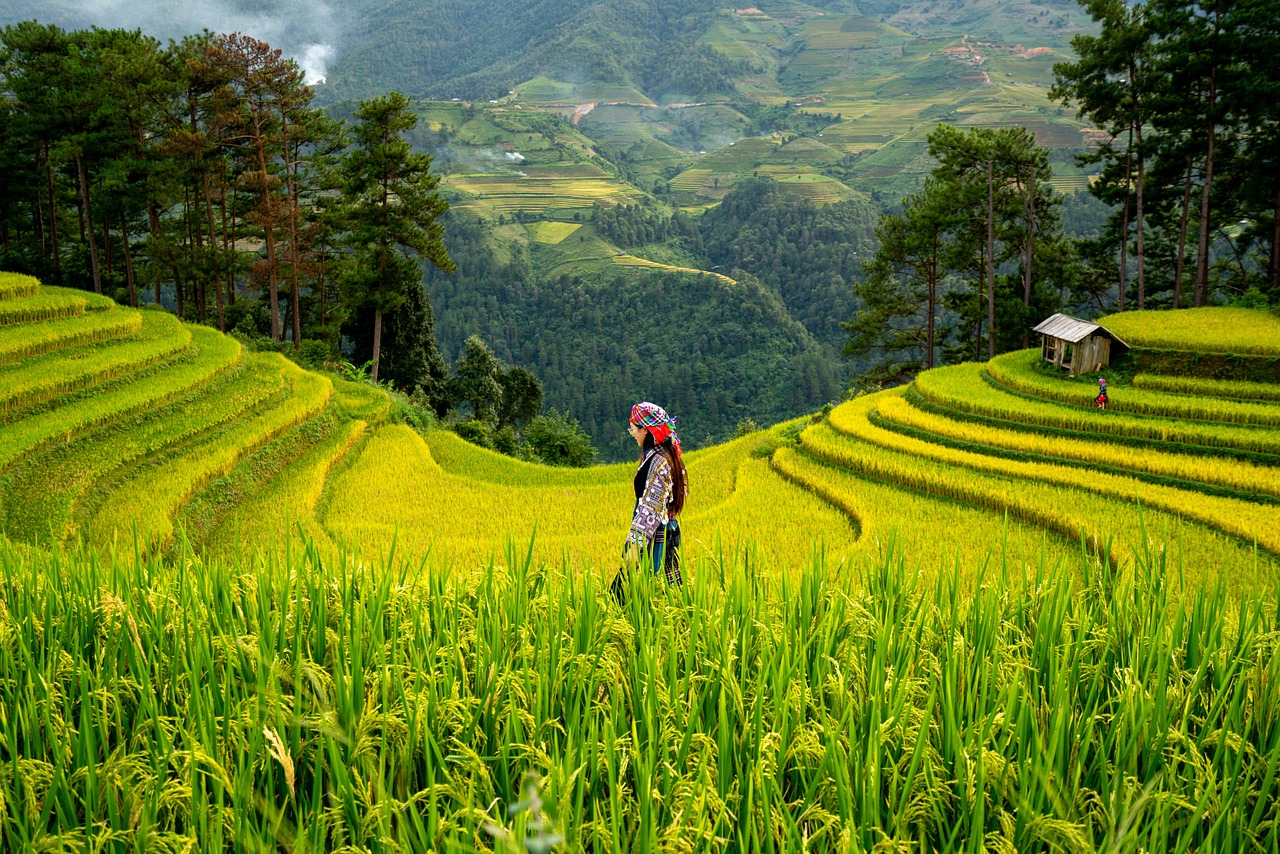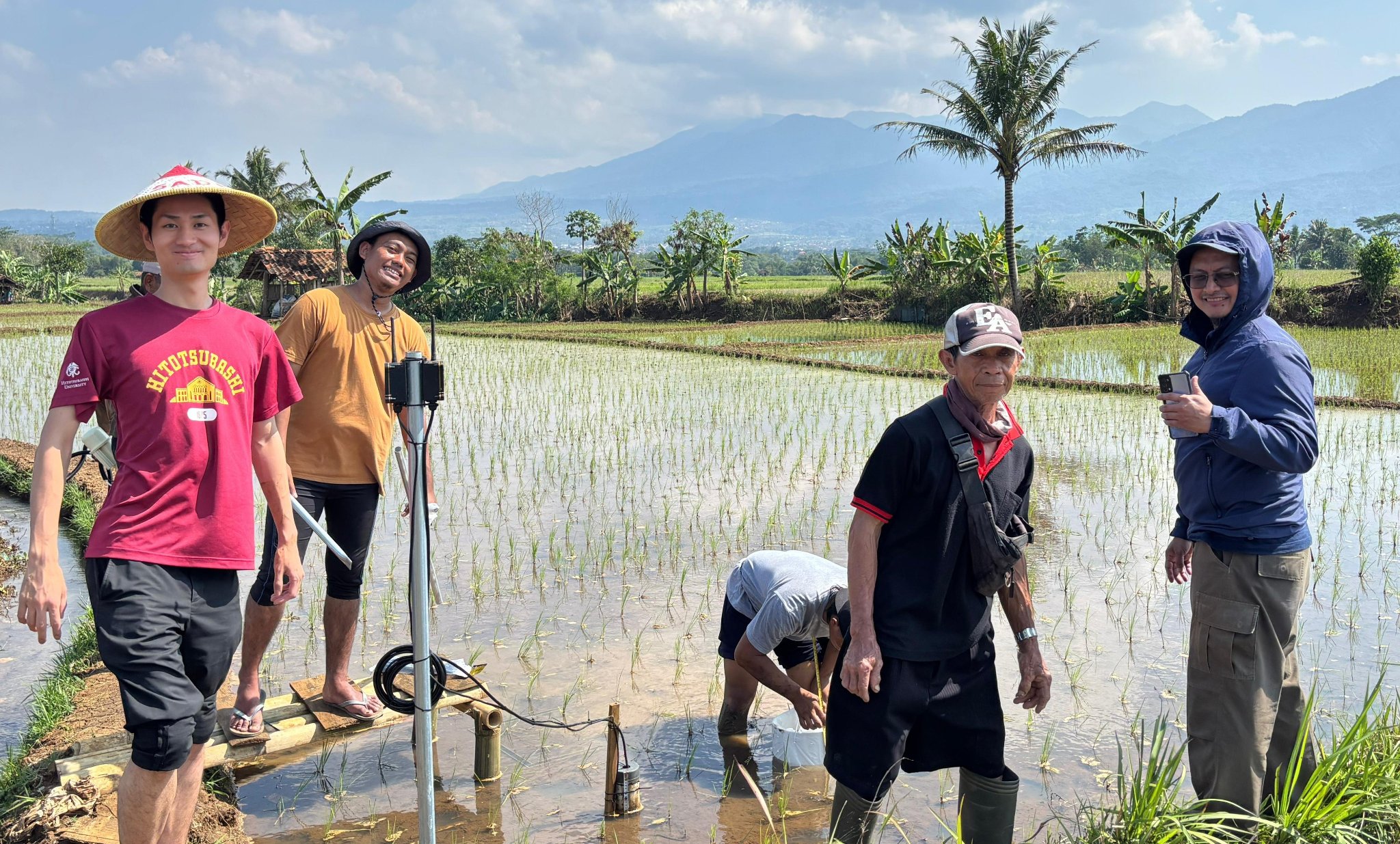Extended Mid-Season Drainage in Paddy Rice Cultivation
In rice cultivation, extending the period of temporary drainage from paddy fields after planting and before the ears emerge reduces methane gas emissions.
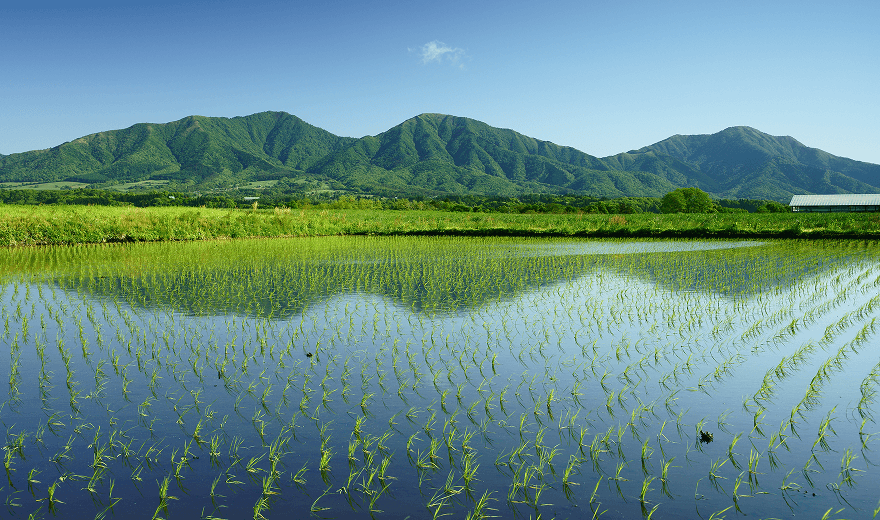
Mid-season drainage is a widely adopted practice in Japan. By removing surface water for about seven days toward the end of the tillering stage, this method significantly reduces methane emissions from rice paddies. Since rice is a staple food across most Asian countries, Jizoku has partnered with local farming households to promote the adoption of mid-season drainage as a climate-friendly farming technique.
We began our initiative in Japan, and from Hokkaido to Kyushu, we have established partnerships with (number) farmers nationwide. At Jizoku, we believe that even small actions can lead to significant impact over time. That is why we work hand in hand with local farmers—not only to support low-carbon agriculture but also to scale up smallholder efforts into large-scale J-Credit programs. Through this, we aim to strike a meaningful balance between economic development and environmental sustainability in rural communities.
Across our project sites, one notable example is Yuzawa City in Akita Prefecture, where carbon credits were successfully applied to offset emissions from the tourism and hospitality industry. This initiative highlights how regional collaboration can turn climate solutions into meaningful economic and social impact.

